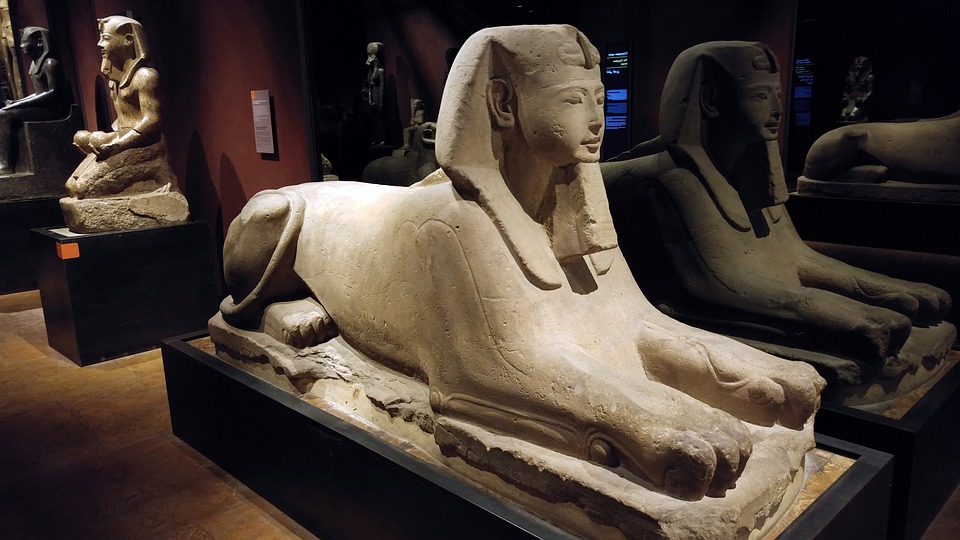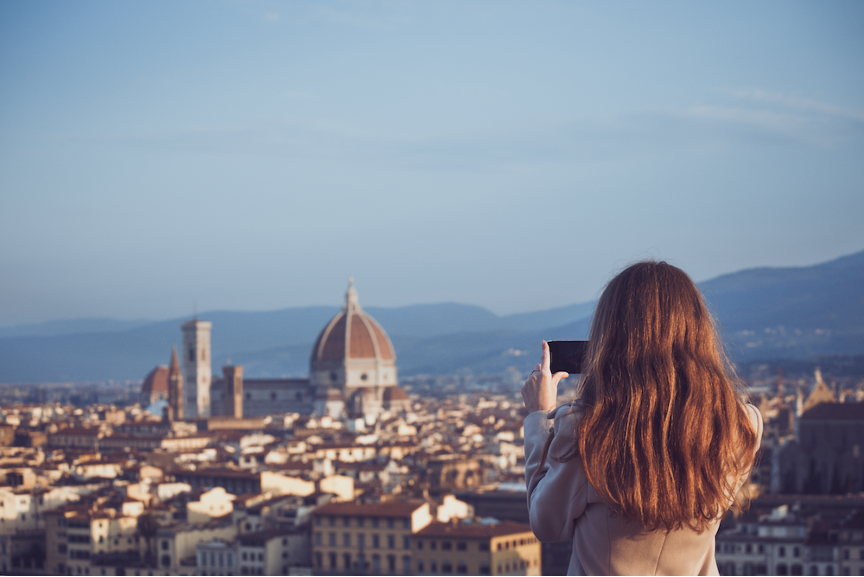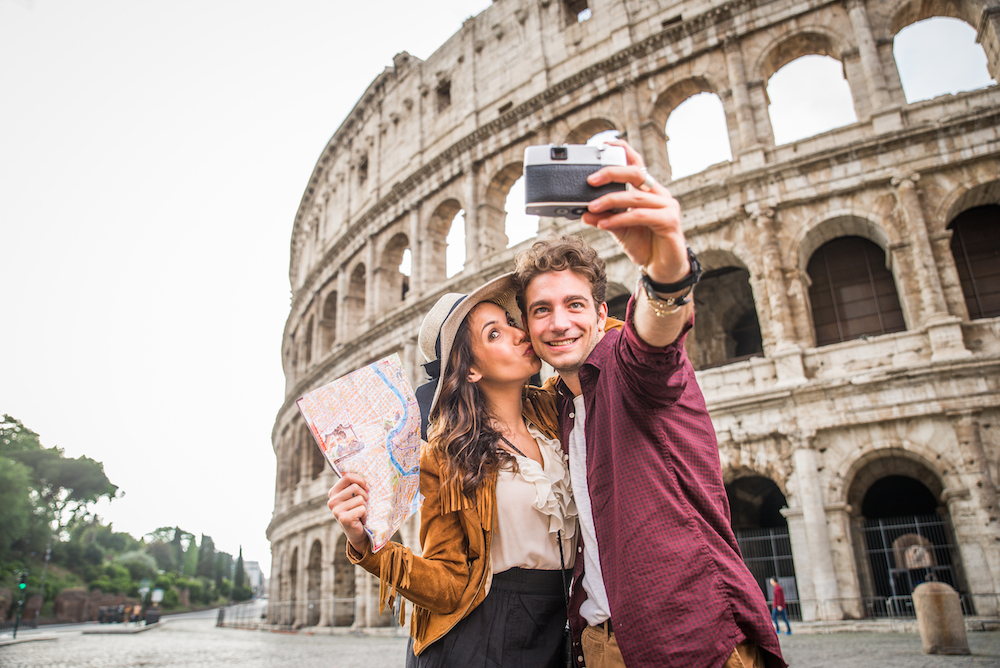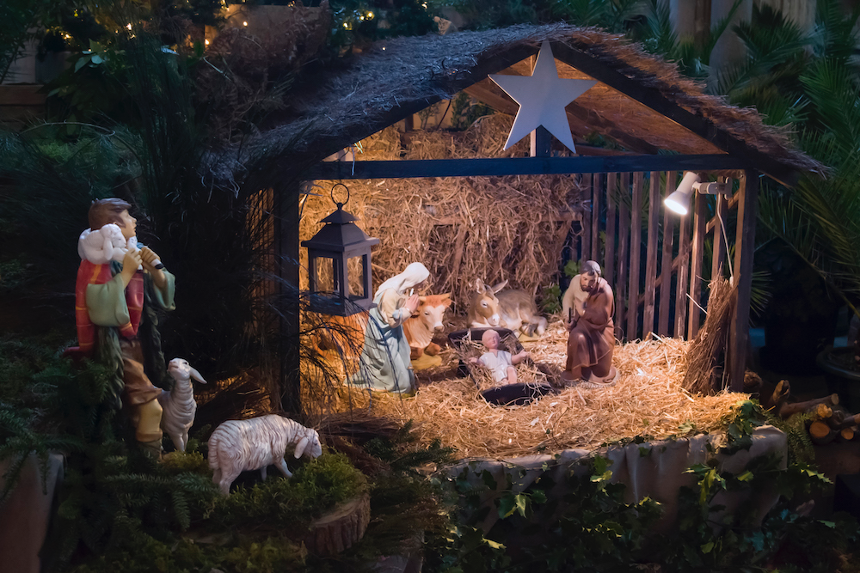Tours and routes of esoteric Turin: this is what to see
Turin is a perfect city for a weekend trip. it is full of monuments, museums palaces and elegant cafés. Now, however, the time has come to discover another aspect of the city. Let’s delve into the places of esoteric Turin: here is what to see, the routes and the tour to take an authentic journey into magic and mystery.
The triangle of black magic and the triangle of white magic
Where does the myth of esoteric Turin come from? Well, the Piedmontese capital is supposedly part of two world magic triangles: the black magic triangle and the white magic triangle. These triangles are respectively composed as follows:
- Triangle of black magic: Turin, London, San Francisco.
- Triangle of white magic: Turin, Prague, Lyon.
And in accordance with this peculiarity, there are two itineraries for visiting esoteric Turin.
Black Magic Itinerary
The Palace and the Devil’s Gate
It is located in Via XX Settembre. It seems that the palace and the gateway are linked to various bloody events, disappearances and disturbing coincidences.
According to legend, the devil himself made the gate and, by way of a signature, the central knocker of the gate depicts the very devil scrutinising visitors who knock.
Piazza Statuto
There are many reasons why Piazza Statuto belongs to Turin’s ‘black heart‘.
- Here stood a place where condemned prisoners were killed and a necropolis was found underground.
- The monument at the Fréjus tunnel is said to be an esoteric symbol and the one towering on its summit is not just any angel but Lucifer.
- The astrolabe on top of the Beccaria spire would be a kind of reference point for the ‘forces of evil’.
Egyptian Museum
The ancient Egyptians were undisputed masters of magic and curses. Here is where the Egyptian Museum comes into its own on the itinerary of black magic: the museum houses many objects with a powerful esoteric power, such as the various exhibits attributed to Pharaoh Tutankhamun.
The Devil’s Eyes
A Masonic lodge once stood in Via Lascaris. Today, as the only reminder of this, at the base of a building, one can see eerie eye-shaped slits in the street pavement. Over the centuries, popular tradition has attributed those eyes to the presence of the devil.
Rondò della forca
The Rondò della forca, in a very central area of the city, owes its name to the presence of a gallows where condemned prisoners were killed. A custom that apparently already existed in Roman times. The place has been linked to death for centuries.
White Magic Itinerary
Piazza Castello
If Piazza Statuto is the cradle of evil, Piazza Castello is its counterbalance, the centre of positive energies. This square, and in particular the fountain of the Tritons in the Royal Palace, marks the border between the ‘black city’ and the ‘white city’. It seems that this point separated the eastern part of the city from the western part, where in Roman times the dead were buried and the condemned were killed.
Church of the Great Mother of God
This stupendous church, a masterpiece of the Hadrianic and neoclassical styles, is not just any old place. Its esoteric charm is rooted in one of the most positive symbols of the whole of Christendom: the two statues at the entrance, representing Faith and Religion, supposedly indicate where the Holy Grail is buried.
Egyptian Museum
The Egyptian Museum also appears among the places associated with white magic. Inside, it houses artefacts and objects of great positive power, such as the exhibits concerning and/or depicting the pharaoh Thutmose III (thus contrasting with the ‘evil’ Tutankhamun).
Angelic fountain in Piazza Solferino
This fountain is a huge Masonic symbol with a positive valence: in particular, water is poured from wineskins representing knowledge given to men.
Mole Antonelliana
The white magic tour ends with Turin’s most famous landmark, a symbol of the entire city: the Mole Antonelliana, from an esoteric point of view, is considered a sort of giant amplifier of positive energies.
Find out more about the Piedmontese capital, its secrets and its main attractions with City Sightseeing Turin. Book your Trenitalia train ticket to Turin now, with Forexchange it’s very simple!
Photo Credits:
pierol85, Pixabay









